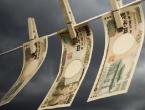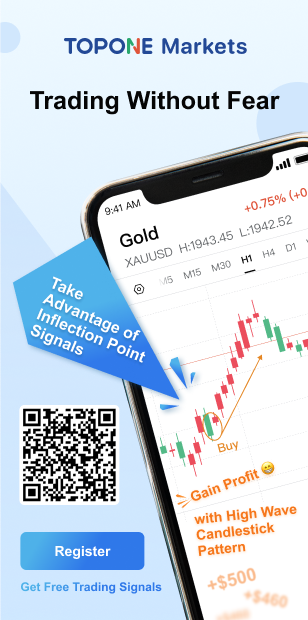EUR/USD
1.15727
0.138%
Gold
4137.55
0.528%
Oil
60.238
0.495%
USD/JPY
154.258
0.087%
GBP/USD
1.31361
-0.292%
GBP/JPY
202.640
-0.194%
Indias Trade Minister: India is diversifying its seafood exports to Russia and the European Union as part of efforts to protect exporters.On November 11th, Salomon Fiedler of Berenberg Bank stated in a report that Tuesdays weaker-than-expected employment data may not be enough to convince the Bank of England to cut interest rates in December. The UK unemployment rate rose to 5.0% in the three months to September, higher than the consensus forecast of 4.9% in a Wall Street Journal survey. Fiedler indicated that the Bank of England may want to wait for more economic data and assess the fiscal policy announcement in the November 26th budget before deciding to cut rates. Therefore, Berenberg continues to expect the Bank of England to wait until the first quarter of next year to cut rates, followed by a final rate cut in the second quarter.Google: Announced $30 million in new funding for learning projects and released the latest research findings on the impact of artificial intelligence on learning.TSMC (TSM.N): The company is selling machinery and equipment for 20-23 million.The Eurozones ZEW Economic Situation Index for November was -27.3, compared to -31.8 previously.











